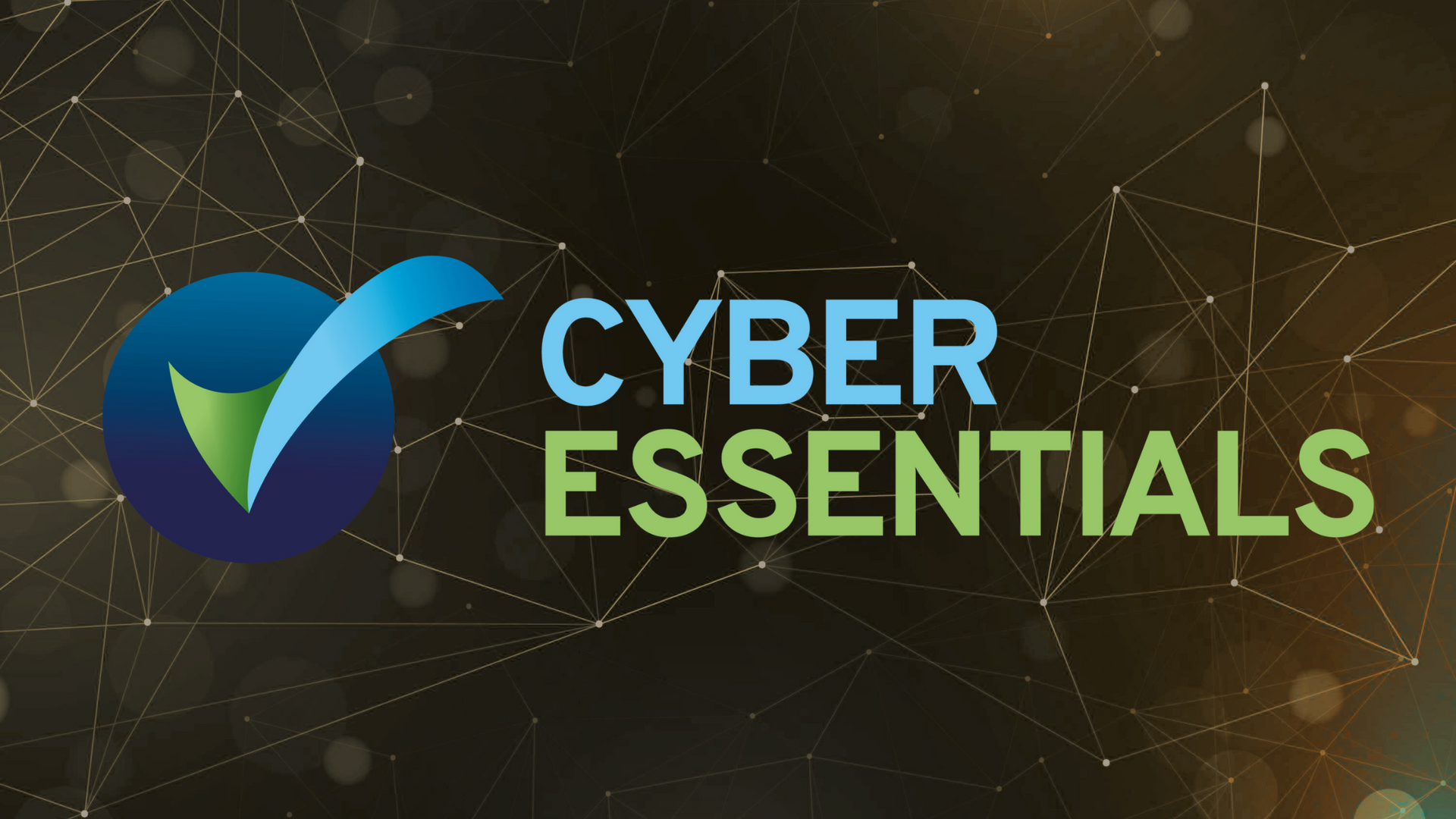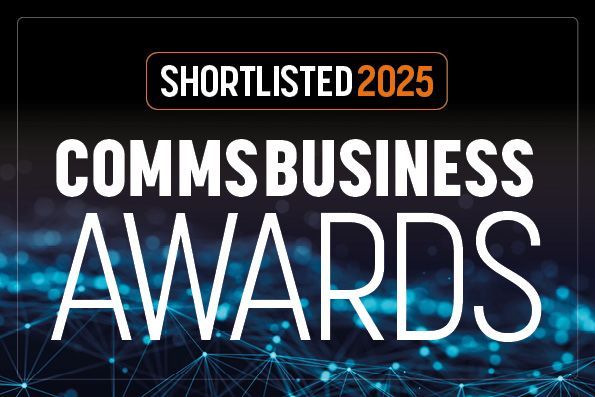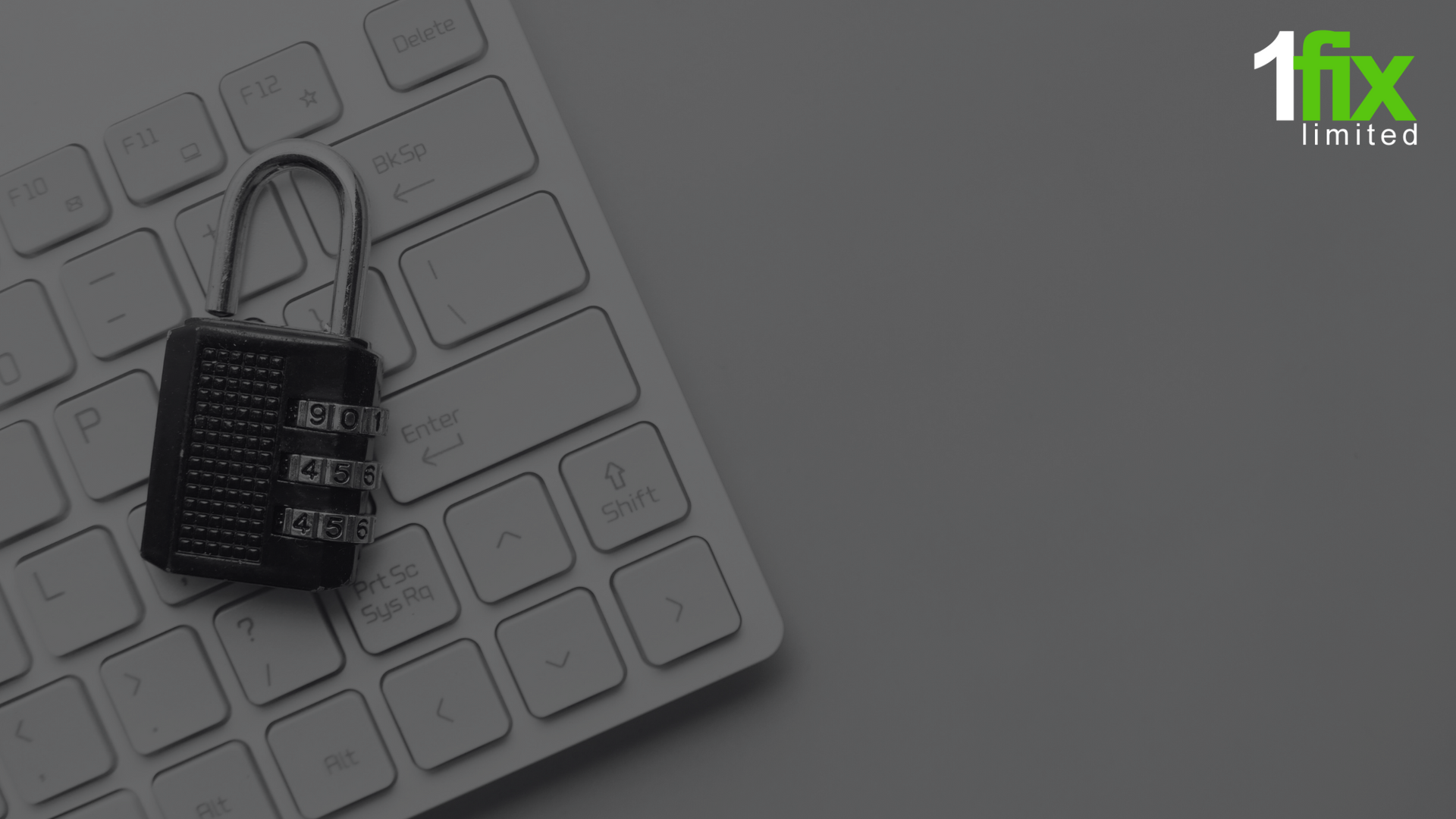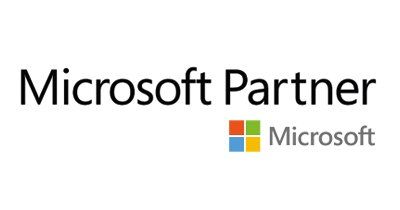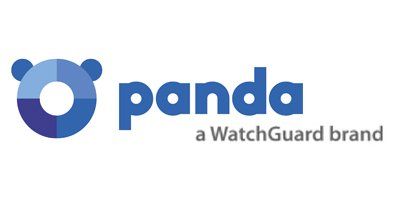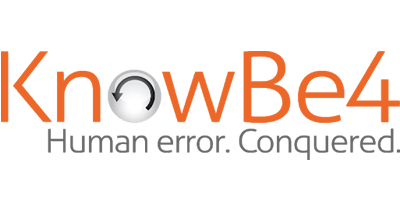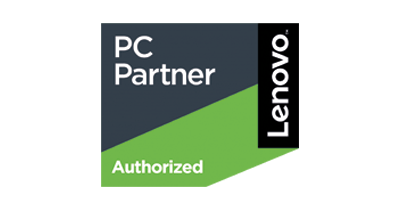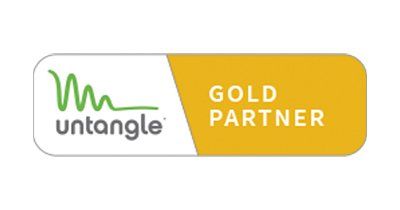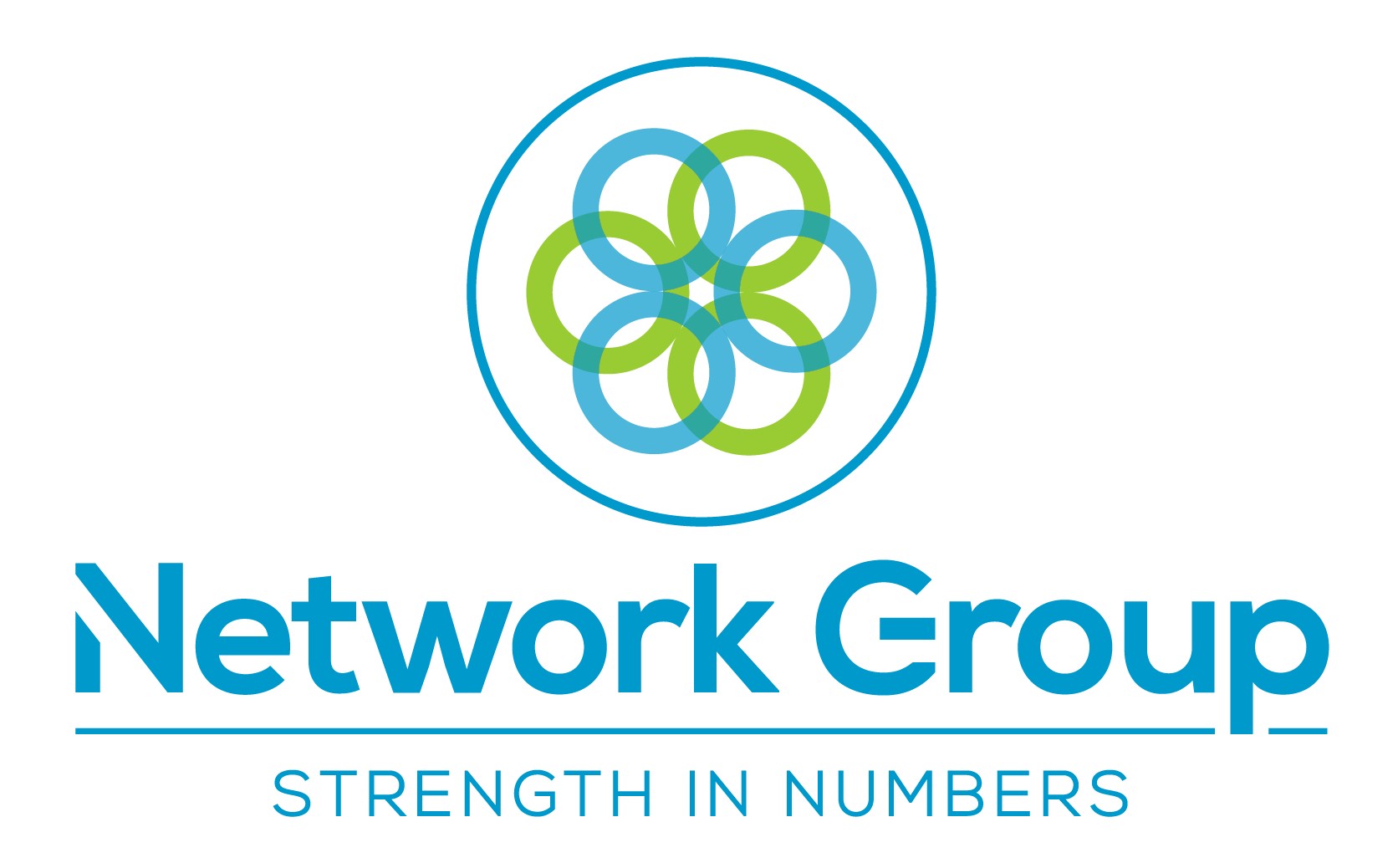Can Hackers Bypass MFA?
Multi-Factor Authentication (also known as 2-Factor authentication, 2FA and MFA) has become a widely adopted seucirty measure to protect business' data. However, it's becoming more apparent just how easy it may be for hackers to get around it.
What is MFA?
MFA is is a security process that requires users to provide two or more verification factors to gain access to a resource such as an application, online account, or VPN. The goal of MFA is to create a layered defence that makes it more difficult for an unauthorized person to access a target, such as a physical location, computing device, network, or database.
Common MFA Methods
- Something you know - this could be a password or a PIN
- Something you have - this could be a smartphone, security token or smart card
- Something you are - this includes biometric verification methods like fingerprints, facial recognition or even voice recognition
Can Hackers Bypass MFA?
While MFA does significantly improve your security, it isn't fool proof. Here are some ways hackers might attempt to bypass MFA:
- Phishing Attacks - Hackers can trick users into providing their MFA credentials through deceptive emails or websites. Once they have the information, they can gain access to the account.
- Man in the Middle Attacks - In this scenario, a hacker intercepts the communication between the user and the authentication system, capturing the MFA credentials in the process.
- SIM Swapping - This involves tricking a mobile carrier into transferring a victim's phone number to a new SIM card controlled by the hacker. Once the hacker has control of the phone number, they can receive MFA codes sent via SMS.
- Malware - Sophisticated malware can capture MFA credentials by logging keystrokes or taking screenshots of the authentication process.
- Social Engineering - Hackers can manipulate individuals into revealing their MFA credentials through psychological manipulation.
So how can you protect against hackers bypassing MFA?
There isn't one solution to this, instead you need to have a multi-layered approach. Start by training your users to spot phishing and malicious emails as your team are one of the biggest ways to protect your business. For example, KnowBe4 focuses on security awareness training as well as simulated phishing attacks to educate users on recognising and avoiding phishing attempts.
Another key way you can protect against this is through monitoring account log in events such as email sign ins. This way you will be alerted if there is a suspicious log in and you can rectify this quickly.
If you're looking to improve your organisation's security and protect against hackers bypassing MFA, get in touch to learn how our IT Support Packages have security built-in to the package.
Join Our Mailing List
All sign-ups are handled inline with our privacy policy and can unsubscribe at any time.
Recent Blogs





